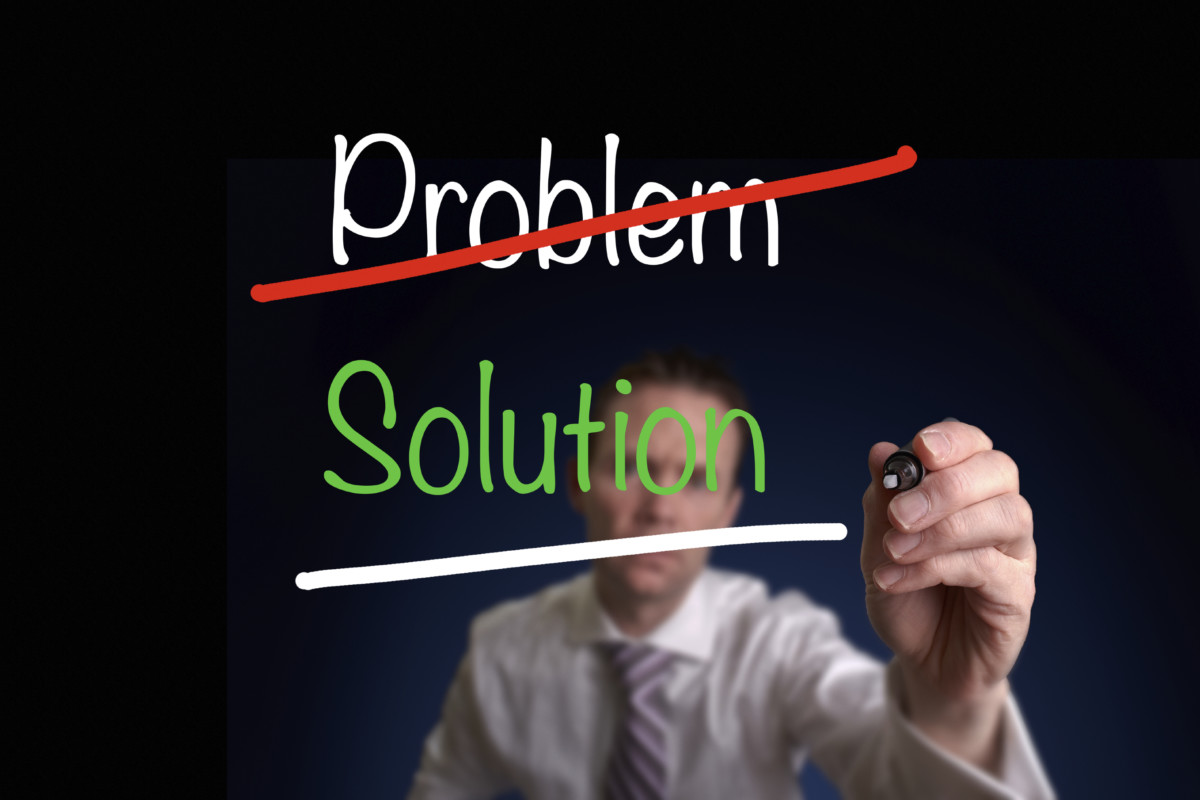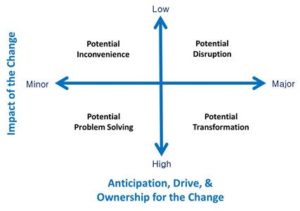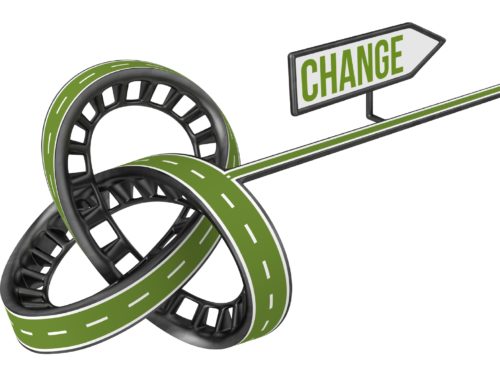Disruption is everywhere, and everyone is in danger of being relegated to the junk heap of irrelevance. At least that’s the impression you receive from the articles, books, and speeches that dominate business education.
While every company has the potential to be disrupted, there are perennial leaders of change and innovation. Big companies get the press, but organizations of all sizes and types are flourishing in the face of change and uncertainty. These companies aren’t just staying ahead of the disruption curve. They are pushing the boundaries of what’s next to become faster, better, cheaper, and friendlier.
One thing that sets these organizations apart is their awareness, drive, and ownership for positive, proactive change. As a result, they significantly reduce their exposure to disruption and increase the opportunities to transform themselves and their industry. The graphic below provides an insight into how this works.
The difference between a potential inconvenience and a potential disruption is the impact of the unplanned change on existing processes, practices, and results. Being forced to change how you ship your products is a potential inconvenience or a problem to solve depending on how you approach the change. Having to counter the structural changes in your industry is either transformational or disruptive.
Likewise, the difference between the potential for a breakthrough and a disruption is the awareness, drive, and ownership for change. Sears & Roebuck could have been Amazon. It had a large and successful distribution system in place with its catalog business. Blockbuster could have been Netflix. It even had an opportunity to purchase the company. In both cases, these legacy companies failed to anticipate, drive, and take ownership for the changes they needed to make to remain relevant.
“Potential” is also a key word in each of the possible approaches to change. Pundits believed that Amazon’s purchase of Whole Foods would disrupt the grocery industry. That could still happen, but it hasn’t so far. Amazon might have made the first move, but Walmart, Kroger, and Target are all responding to the challenge with their own options for food delivery.
Additionally, being the first mover in an industry doesn’t ensure that you will maintain that position. The final result depends on your ability to execute.
Making the move
Organizations move at the speed and focus of their leader. Disruption happens when you are out of touch or too slow with the marketplace. It is up to you to set the tone for your team.
Netflix earned its customers’ ire when it tried splitting its DVD delivery business from its streaming business in 2011. In an apology, CEO Reed Hastings offered this explanation:
“For the past five years, my greatest fear at Netflix has been that we wouldn’t make the leap from success in DVDs to success in streaming. Most companies that are great at something – like AOL dialup or Borders bookstores – do not become great at new things people want (streaming for us) because they are afraid to hurt their initial business.”
You can’t be timid. Hastings went on to say that, “Companies rarely die from moving too fast, and they frequently die from moving too slowly.”
Here are three questions to relentlessly ask to keep your team focused and energized:
- What would be different if we were perfect in every area of the business every day?
- What would we do to capture the market if we were starting our business today?
- What must we do right now to execute perfectly and capture the market of tomorrow?
Finally, you must create an environment that keeps people energized while you create urgency. It’s a delicate balance, and every team requires an approach tailored to its individual needs.
There are only two reasons why your business gets disrupted: A catastrophic event beyond your control or complacency. You might not have any control over the unplanned disaster. You can absolutely control complacency. It starts by shifting from avoiding disruption to pursuing transformation.
Randy Pennington is an award-winning author, speaker, and leading authority on helping organizations achieve positive results in a world of accelerating change. To bring Randy to your organization or event, visit www.penningtongroup.com , email info@penningtongroup.com, or call 972.980.9857.






